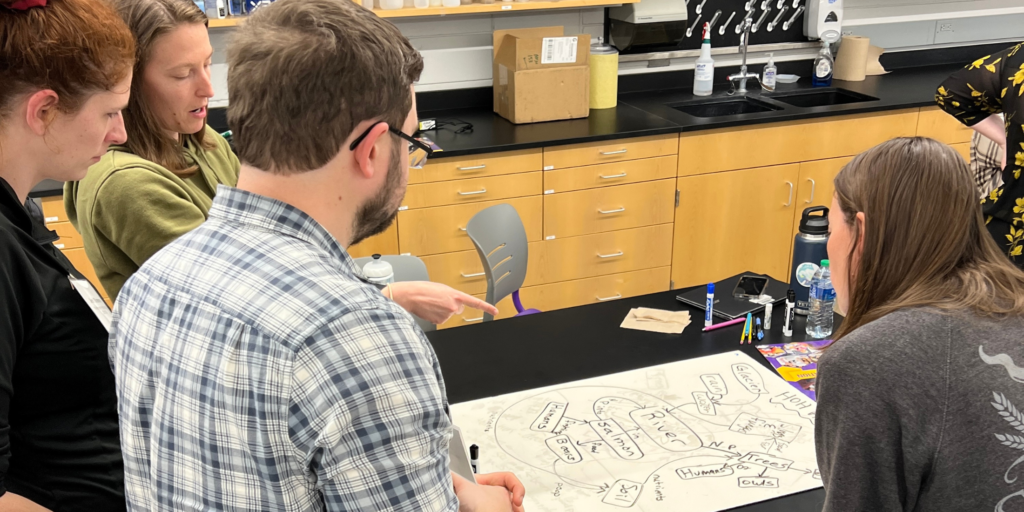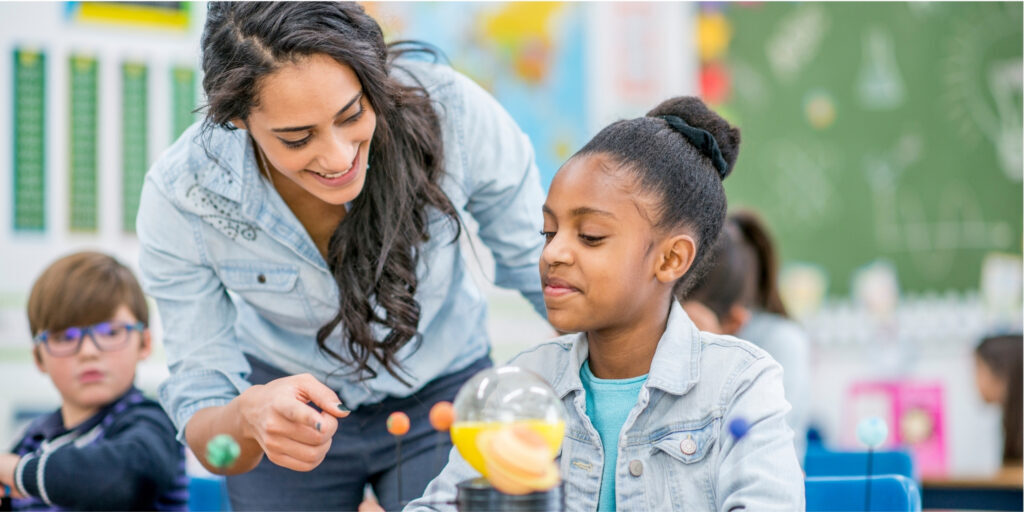Making Student Thinking Visible in High School Science Education
Making Student Thinking Visible in High School Science Education
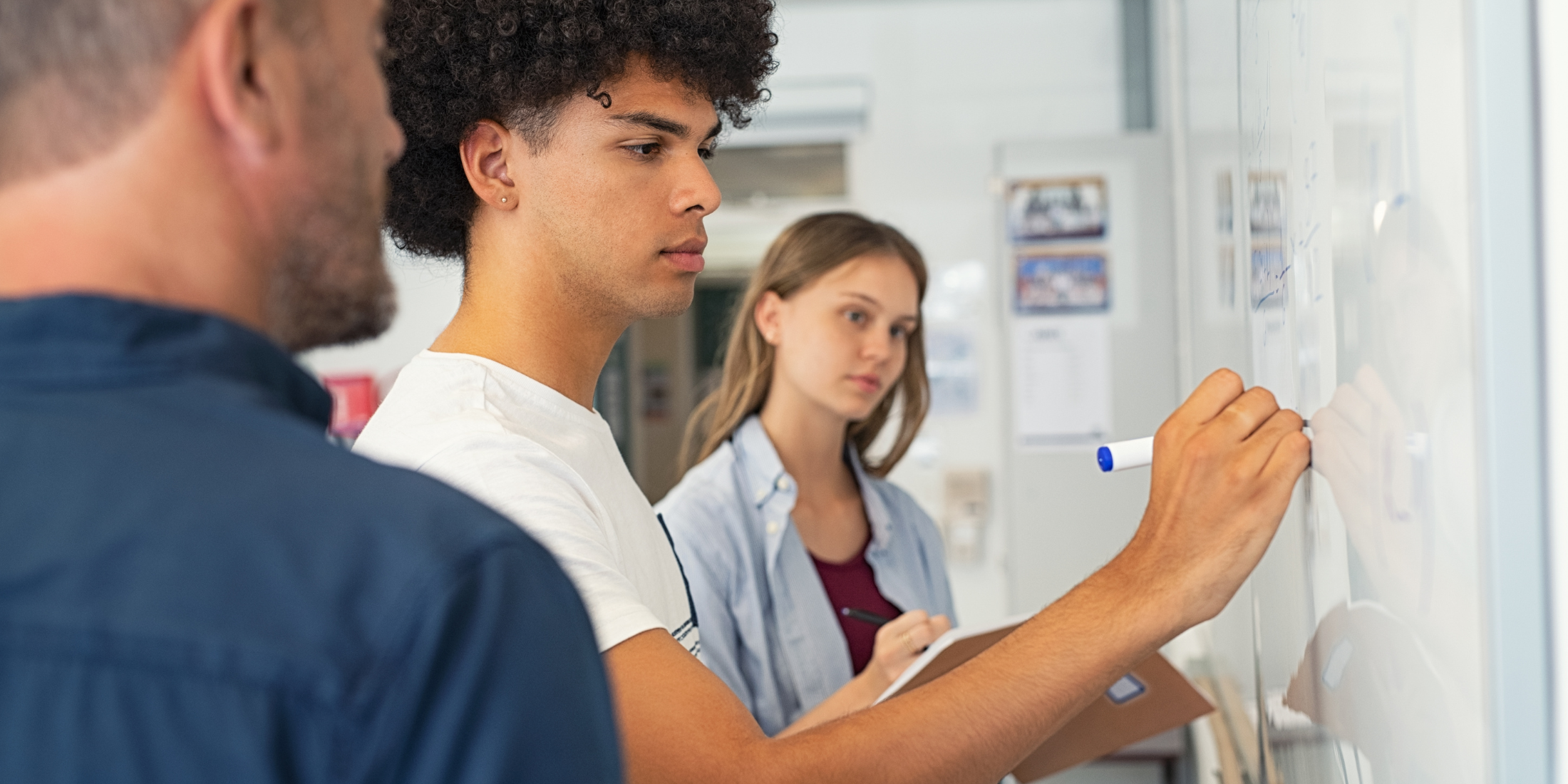
Quick Take: The September 2024 Snapshot Series webinar Making Student Thinking Visible in High School Science Education, presented by Professional Learning Facilitator Michelle Tindall, asked how we can help high school students show their thinking and deepen their understanding of science concepts with drawings and writing. In this webinar recap article, discover routines and instructional practices that help your students deepen their understanding of science.
Making Student Thinking Visible in High School Science
Uncovering students’ thinking was at the heart of this month’s webinar on Making Student Thinking Visible. Uncovering student thinking has often been done through lab reports and summative assessments, often well after the content-area information has been presented. This webinar revisited this topic through a lens of three-dimensional teaching and learning, which gives students opportunities to make their thinking visible throughout the learning process.
If you missed the live interactive session, check out the webinar recording and read on for more insights and downloadable resources.
Why is it Important to Making Student Thinking Visible?
Making student thinking visible provides benefits for both students and teachers. When students make their thinking visible early and often throughout a unit, teachers gain valuable insights into student understanding. These insights help inform instruction and equip teachers to help students make sense of observations, data, and information as part of figuring out key ideas in science. When students engage in activities that make their thinking visible, they get valuable opportunities to try and explain their understanding so far, which often illuminates gaps in understanding; they build on and learn from the thinking of others; and they see the progression of their learning over time. Making student thinking visible also offers valuable formative assessment and feedback that fuels learning.
What are Some Ways to Make Student Thinking Visible?
The first three webinars in the 2024 Snapshot Series focused on three-dimensional teaching and learning, productive discussions in science, and cultivating a community of learners. All of these topics provide a starting point for making student thinking visible. Three-dimensional teaching and learning put students in the role of doing science and figuring out key ideas in science through rich discourse within a community of learners. Let’s take a look at just a few of the ways in which students make their thinking visible as they engage in Science and Engineering Practices, productive discussions, and representing their understanding of science in drawings, models, and writing.
Engaging in Science and Engineering Practices
When students engage in the Science & Engineering Practices, they lean into their current understandings to ask questions, design and conduct investigations, analyze data, create models, construct explanations, and engage in argumentation based upon evidence. During each of these practices, students, working in pairs, small groups, or as part of a class, share their understanding both verbally and in writing.
What does this look like in the classroom? OpenSciEd builds individual, pair, small-group, and whole-class activities into lessons to give all students the opportunity to make their thinking visible. The following strategies are useful for any classroom:
Asking Questions
Students record what they notice and wonder when presented with an anchoring phenomenon, data, or any new information. Students also generate questions that drive the learning and help plan future investigations.

Planning and Carrying Out Investigations
Students use their questions to determine the data and instruments needed for investigation. Students also learn to design investigations in order to answer these questions. Working in pairs and small groups, students engage in argumentation in order to plan the investigation and analyze the data. Planning and conducting the investigations help students gain a deeper understanding of the problem, the investigation, and their own understanding.
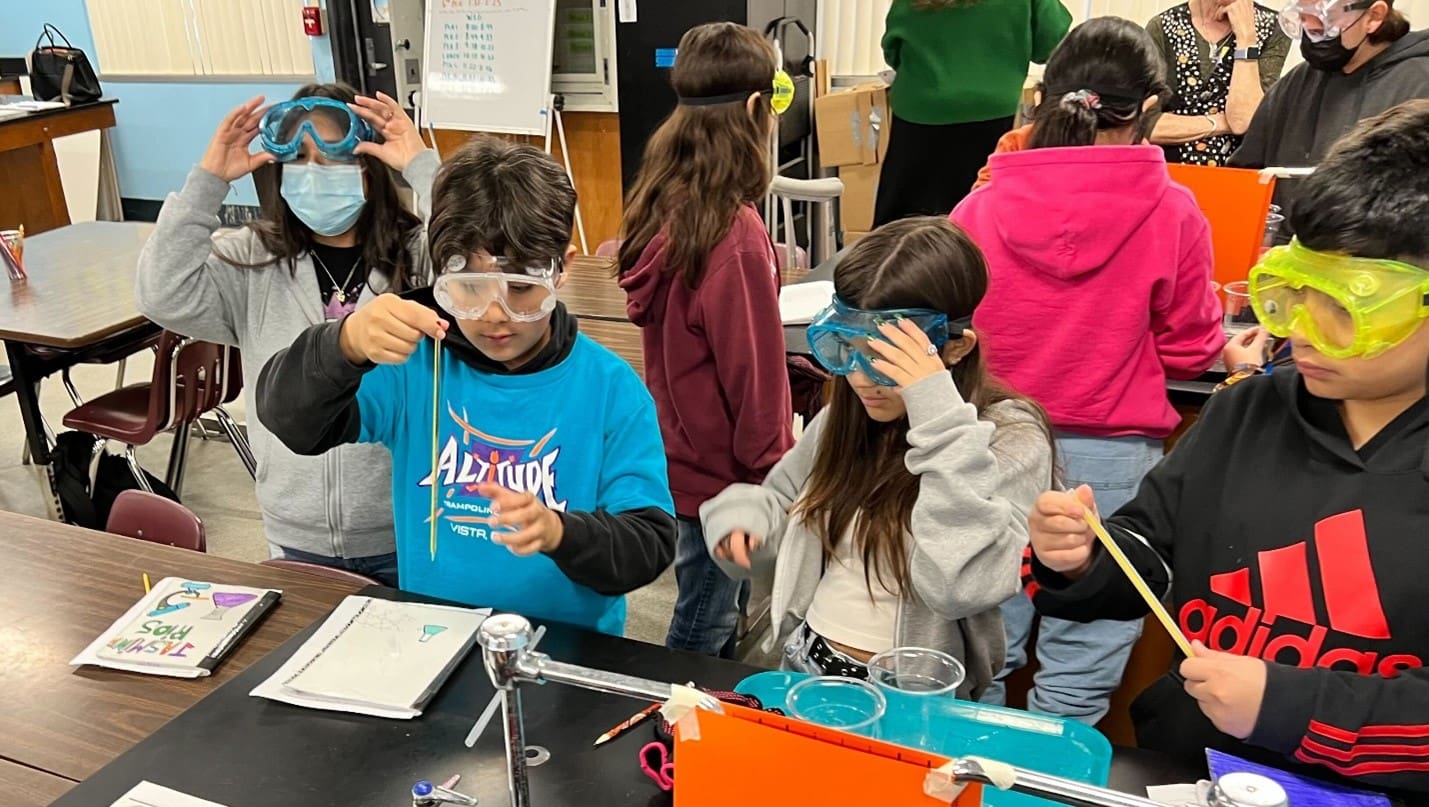
[PHOTO: Students at San Marcos Middle School performing investigations in OpenSciEd. CREDIT: Knowledge Matters]
Analyzing and Interpreting Data
Students try to make sense the data and observations collected during investigations. During this process, students record their initial thinking, share their thinking with a partner or small group, and then share their thinking with the whole class in order to come to a consensus. This verbal sorting and sifting help students make sense of their own thinking while also learning from the thinking of others. As teachers, we gain valuable information to help our students make sense of their observations and link new learning to science concepts and vocabulary.

Developing and Using Models
Throughout OpenSciEd, students create and use models. These models describe the components of a system along with the interactions that happen within the system. These models can be used to explain observations and make predictions regarding the system. Often, an initial model is created early in the unit to help make sense of the anchoring phenomenon. Students create their own initial model and share their model with a partner or small group. Students are then typically asked to compare their thinking with that of others in order to identify similarities and differences. The whole class then engages in discussion to develop an initial class consensus model. Throughout the unit, students return to their initial model to make revisions based upon new information.
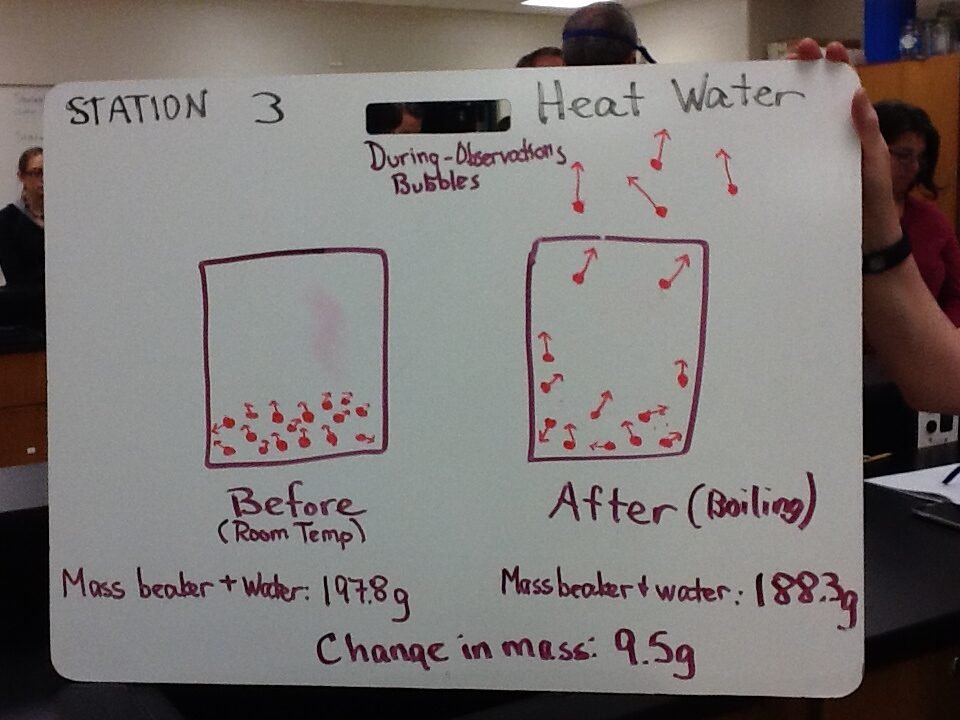
Constructing Explanations
Students use their data, observations, and models to construct explanations as they figure out key ideas in science. It is important to give students the opportunity to put their thinking into words, pictures, or writing before sharing with others. Discussions with partners, small groups and the whole class help student deepen their thinking and understanding of science concepts. Asking students to create group CER whiteboards or posters, supported by drawings or models helps them share, deepen, and communicate their understanding.
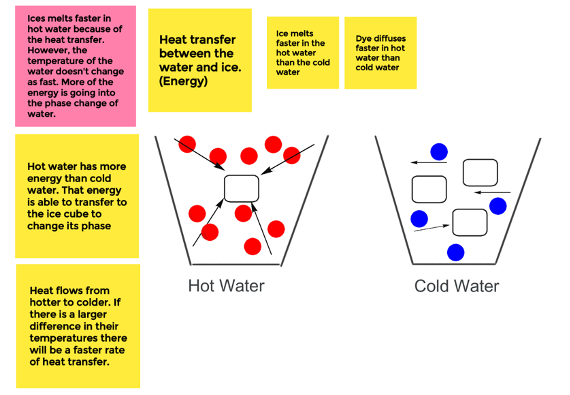
Making Student Thinking Visible
Making student thinking visible can be done in many ways. Putting students in the role of figuring out key science concepts affords them the opportunity to grapple with phenomena, investigate, develop models, and argue claims from evidence. Students’ thinking deepens when engaging in productive talk about science with partners, small groups and the whole class. As teachers, we can learn much about our students’ thinking from their questions, drawings, models, discussions, claims and arguments.
About the Author: Michelle Tindall 
Michelle Tindall is a professional educator whose career focused primarily on teaching high school science and mathematics and facilitating professional learning in science, mathematics, and technology integration for over twenty years. She has been a science education consultant and university instructor, in the area of teacher preparation, since 2021. Formerly, she was a K-12 Math/Science Curriculum Coordinator and Secondary Curriculum Technology Integrator.
Michelle has promoted three-dimensional teaching and learning, student-centered instruction, and STEM education in her roles as a facilitator for OpenSciEd, Modeling Instruction, and NGSX. Michelle earned a B.A. in Chemistry and a M.A. in Secondary Education at Wayne State University.
* * * * * *


